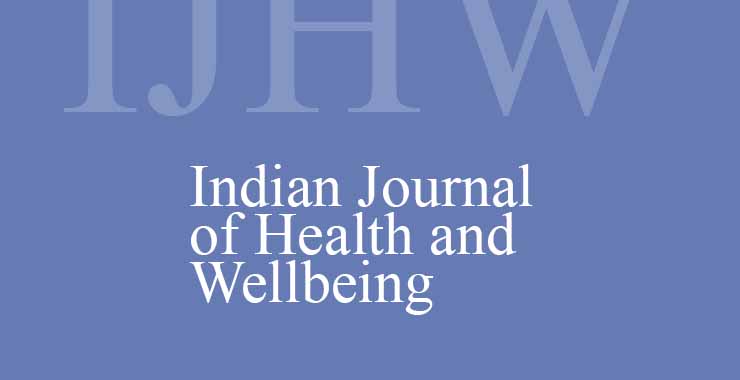Anaemia-related Alterations in Brain Function and their Role in Postpartum Depression: A Systematic Review
Original price was: ₹ 201.00.₹ 200.00Current price is: ₹ 200.00.
Page: 406-411
Shivangi R. Kiran and Ritu K. Sureka (Department of Family and Community Sciences, University of Allahabad, Prayagraj, Uttar Pradesh)
Description
Page: 406-411
Shivangi R. Kiran and Ritu K. Sureka (Department of Family and Community Sciences, University of Allahabad, Prayagraj, Uttar Pradesh)
Anaemia, defined as low haemoglobin levels, is common after childbirth, often due to significant blood loss. Symptoms such as fatigue and weakness can affect maternal health and quality of life. Anaemic pregnant women are at higher risk for premature delivery, low birthweight, postpartum depression (PPD), and prolonged anaemia. In 2019, 37% of pregnant women globally were affected by anaemia, with a 50-80% prevalence in postpartum women from low and middle-income countries. However, no standardized criteria exist for diagnosing postpartum anaemia. A systematic search of Google Scholar, PubMed, and the Cochrane Library was conducted for studies from 2012 to 2022. Forty studies were identified, varying in haemoglobin thresholds (<80 to <120 g/L) and postpartum measurement timing. Other markers like ferritin and transferrin receptor levels were also considered. Outcomes included postpartum depression, quality of life, and fatigue. Prevalence and odds ratios for PPD were calculated using a random-effects model. The analysis found a significant link between low ferritin levels and an increased risk of PPD. Depleted iron stores during pregnancy and postpartum may disrupt brain pathways related to mood regulation, increasing PPD risk. The findings highlight the need for standardized criteria for diagnosing postpartum anaemia and monitoring maternal iron status to reduce the risk of PPD.

